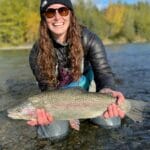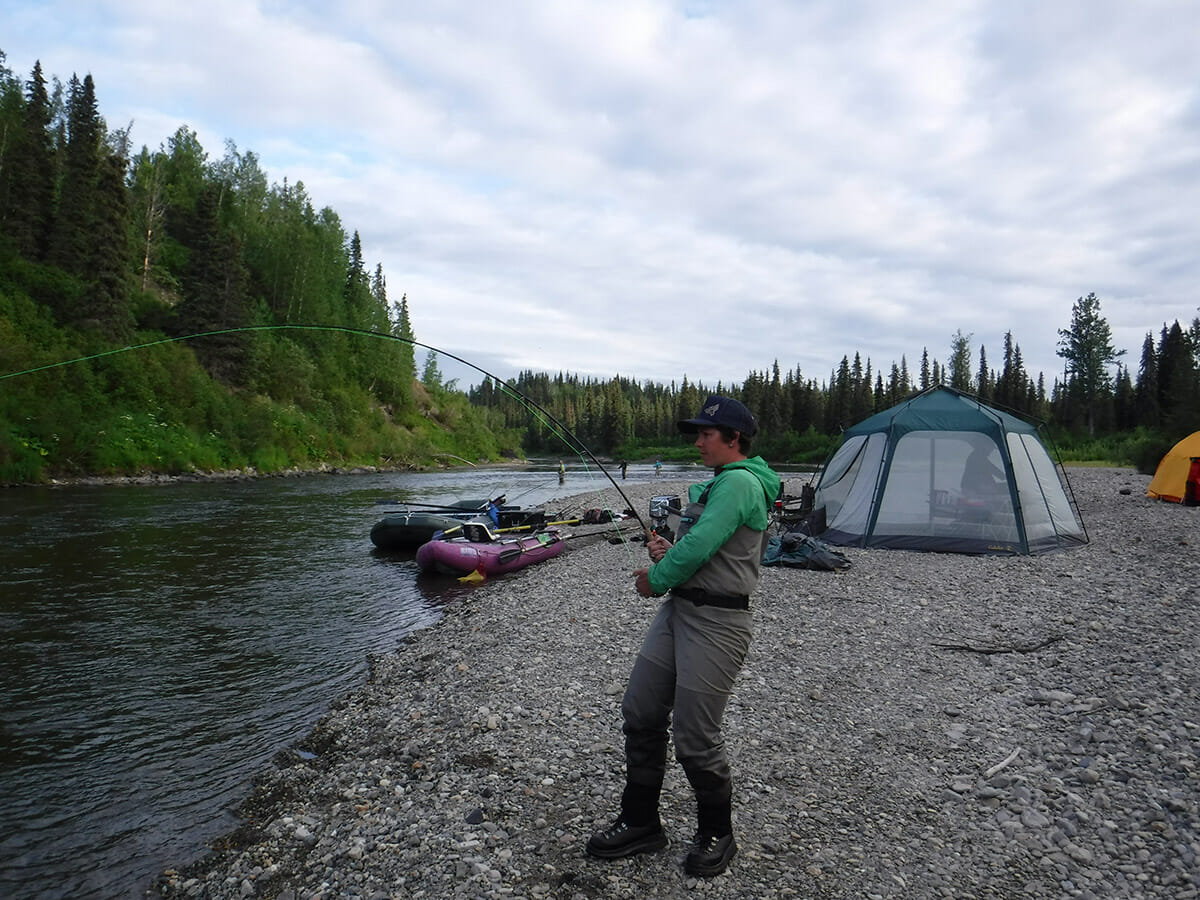Why one Alaska guide is paying attention to a proposed industrial access road, and you should too
As a young boy growing up in Colorado, Adam Cuthriell dreamed of fishing Alaska’s rivers. He aspired to move north and find work as a fishing guide, drawn by the allure of a wilderness interwoven with healthy streams teeming with salmon and trout.
That dream became a reality 10 years ago, but now a development proposal threatens the land Adam loves and the business he has worked so hard to build.
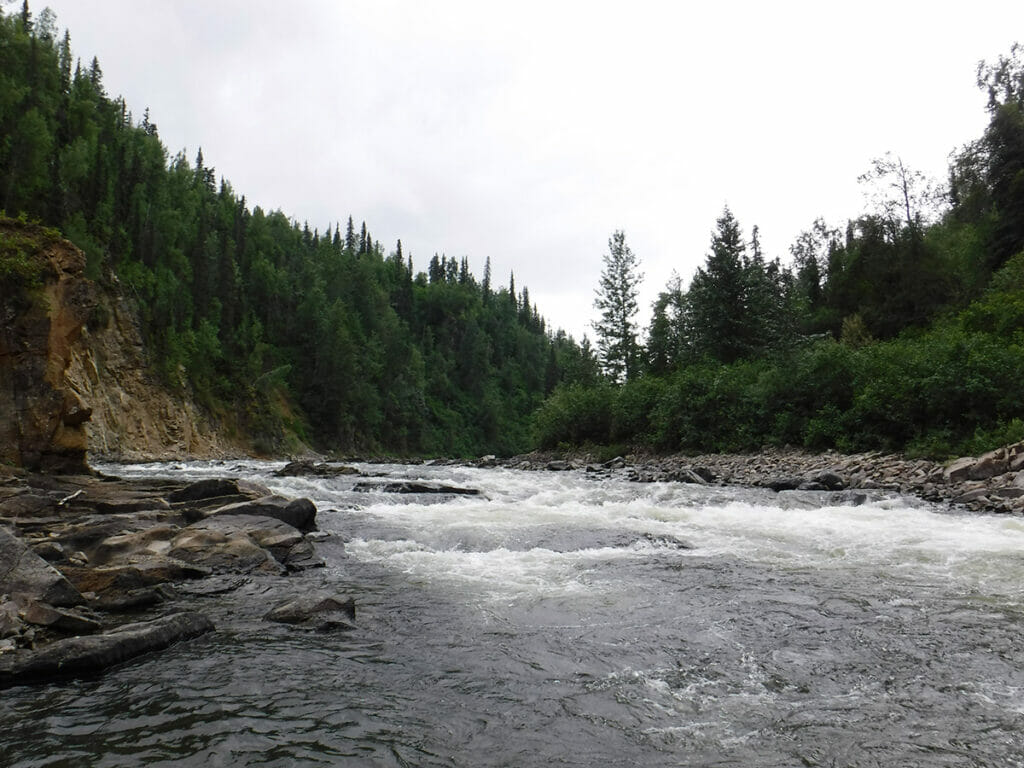
Adam guides in the remote region west of the Susitna River, just south of Denali National Park, in southcentral Alaska. The West Susitna Valley is currently free of roads and best accessed by boat, plane, dog team, snowmachines, or skis. A proposed industrial access road would cut over 100 miles through this wilderness area, paving the way for an undetermined amount of mining, oil and gas, and timber projects in some of the most high-value salmon habitat left on the planet.
The headwaters of the Susitna River flow out of the Alaska Range. Denali, America’s tallest peak, dominates the skyline throughout much of the valley comprised of boreal forest, open tundra, and countless fish-filled rivers and lakes. The extensive tributaries throughout the Susitna watershed support rainbow trout, Arctic grayling, Dolly Varden, all five species of Pacific salmon, and more.
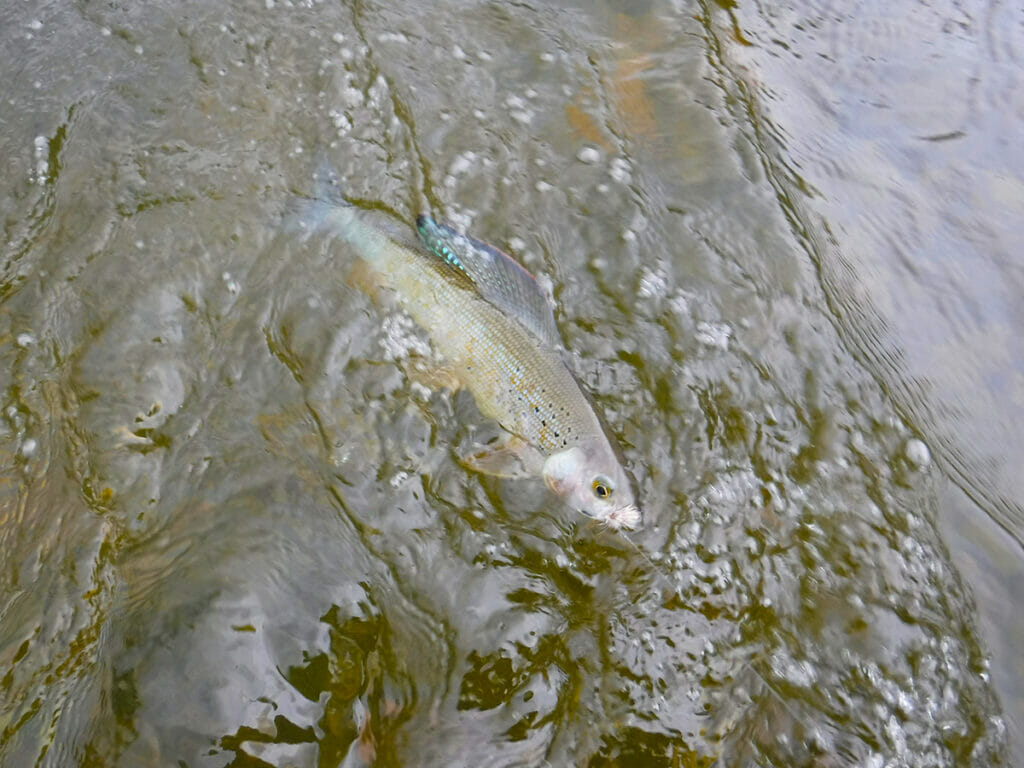
Adam’s business, FishHound Expeditions, guides in several Alaskan rivers, but one of his favorite floats is along the Talachulitna River. The four to six day float cuts through the heart of the West Susitna Valley. The pickup and drop off points for this trip are both wilderness areas. Moose and bears far outnumber year-round human residents in this part of the world.
Anglers on this trip have the opportunity to catch many species, including monster king salmon in early summer, feisty silver salmon in late summer, and gorgeous, trophy-sized rainbow trout all season long. The steep-walled canyon of the Talachulitna is rivaled only by the Black and Grand Canyons of the lower 48. This float is the trip of a lifetime for many. The chance to float through a wilderness area and catch multiple species of fish from healthy, wild populations is getting to be increasingly difficult in this world.
One of the routes under consideration for this industrial access road would cross just below the Talachulitna River. That bridge would be just one of the 156 stream crossings along the road, which would bisect thousands of acres of wetlands and fragment prized fish and wildlife habitat. Another proposed route would closely parallel the river for a significant stretch. Both would bring immediate threat to the river.
This road proposal is prioritizing industrial access and does not guarantee access for recreational users.
The Alaska Industrial Development and Export Authority, which is leading the charge on developing the road, has gone back and forth about whether the road will have any public access. As currently proposed, this road would be used for industrial access only.
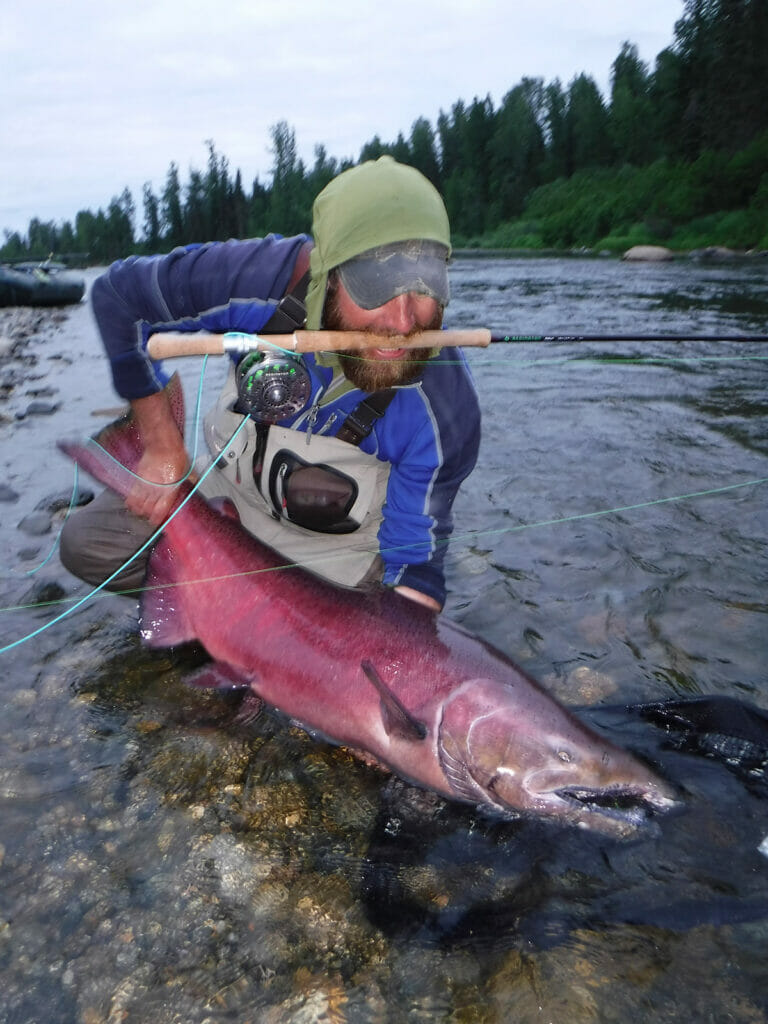
When Adam heard about the proposed road, he knew he had to get involved. He has spoken up during community meetings, advocated for protections on his social media accounts, and submitted a public comment against the road.
Adam didn’t hesitate in joining the legions of Trout Unlimited volunteers who drive our conservation work across the country. He and his guides at FishHound are pitching in heavily to maintain the health of the West Susitna, and they’re not the only ones. Opposition and concern from sportfishing operations and local anglers is stout and growing.
“The more time you spend in wild places, the more you know they need to be protected,” he said. “I want my 20-month-old daughter to be able to have the same experiences I’ve had.”
If built, this road would forever alter the West Susitna Valley, threatening his livelihood and his daughter’s ability to experience the place he holds dear.
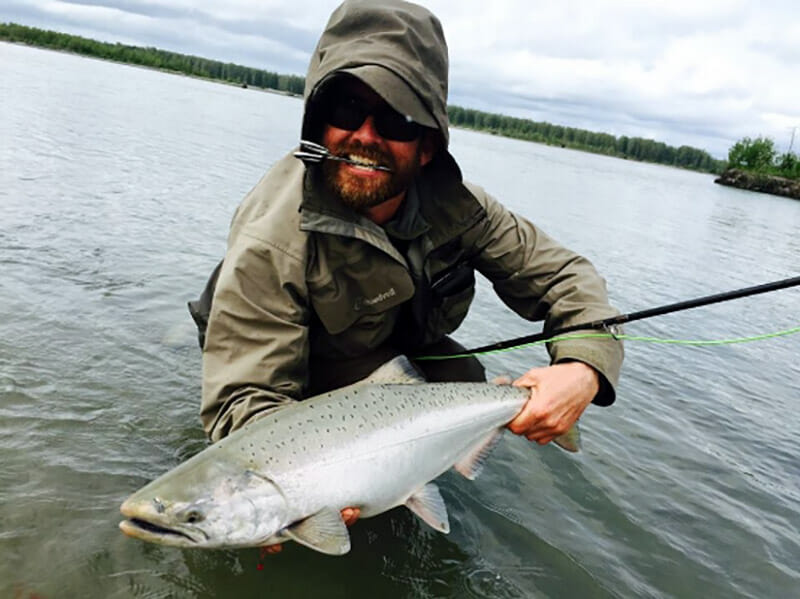
Like Adam, TU’s Alaska staff are monitoring the progress of this proposed road closely. The next step is a Clean Water Act permit application to the U.S. Army Corps of Engineers, which will likely be submitted this summer. It is expected that the public will have the chance to weigh in during that process.
Stay tuned for the next opportunity to get involved.


